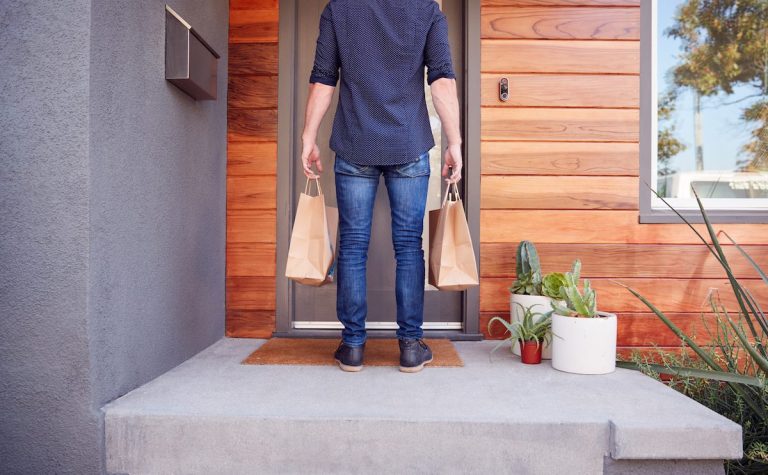
While urban consumers flock to widely available food delivery options, their suburban counterparts remain overlooked.
PYMNTS research revealed this divide when it comes to online grocery ordering. Findings from the November/December edition of the ConnectedEconomy™ study, “ConnectedEconomy™ Monthly Report: The Gender Divide Edition,” for which PYMNTS surveyed more than 2,600 U.S. consumers, showed that 62% of men and 47% of women in urban areas use same-day grocery delivery aggregators such as Instacart. In contrast, about half that share — only 34% of men and 24% of women in the suburbs said the same.
Plus, given that PYMNTS research across other variables — such as gender lines and generational divides — revealed that demographic trends tend to follow similar patterns across restaurant and grocery categories, it stands to reason that there would be a similar disparity between urban and suburban restaurant customers as well.
Much of this may have to do with the fact that there are fewer options available for suburban consumers. For aggregators, delivering in densely populated urban areas enables them to complete more trips in less time, while suburban and rural deliveries can be more costly.
DoorDash, for its part, has differentiated its offerings by going after this demographic in spite of the costs. Reports from a wide range of publications over the years have noted this strategy as a competitive strength for the aggregator.
The company most recently discussed its continued strength in these underpenetrated regions on its second-quarter 2022 earnings call last summer, after being asked whether it was facing “any pressure from competitors in nonurban markets.”
“So far, we haven’t seen an impact [from] recent competitor announcements or moves to invest in certain types of geographies versus other types of geographies in the numbers,” said CEO Tony Xu at the time.
Indeed, earlier in the year, on an earnings call in February, competitor Uber discussed Uber Eats’ underperformance relative to DoorDash in suburban areas.
Aggregators’ efforts in suburban areas are also hampered by labor constraints, with drivers often less willing to work in those geographies. On personal blogs and public forums, Instacart shoppers and DoorDash drivers bemoan the difficulty of fulfilling orders in the suburbs relative to in urban areas, with longer drives and lower-tipping consumers.
In recent months, given that the greatest barriers to aggregators’ suburban penetration are related to labor, leading players have been turning to robotic solutions. In December, Uber Eats kicked off an automated delivery partnership with tech provider Cartken in the Dadeland suburb of Miami-Dade.
Meanwhile, DoorDash has been turning to drone delivery, which typically works best in suburbs and other areas where the aircraft can land in customers’ yards. The aggregator announced in November that it is trying out automated drop-off via skyway in Australia in partnership with Google parent company Alphabet’s drone delivery subsidiary Wing.
“Delivery drones create a quick, efficient delivery option for smaller orders weighing just over a kilo, and free up ground delivery services for larger deliveries that provide better compensation to drivers,” Rebecca Burrows, DoorDash’s general manager of Australia, New Zealand, Canada, said in a statement at the time.
With these kinds of automated technologies, aggregators may be able to close the penetration gap between urban and suburban markets, driving sales and reaching new audiences.